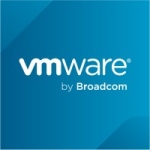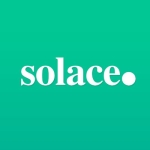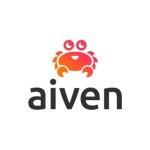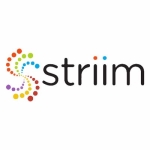What is our primary use case?
I work in the insurance domain. We stream data in and out Confluent. If financial data is being used most organizations prefer to stay on-premise with their data, but there is a cloud version available. These are the features that Confluent provides.
How has it helped my organization?
Confluent has benefited our company because it provides granular access, enterprise support, self-balancing cluster. If there is any data skewness or one server is busy doing some processing, it shifts to the other processor and balances the data between them. There are auto data balances, self-balancing clusters, replication, and role-based access controls.
What is most valuable?
The most valuable feature that we are using is the data replication between the data centers allowing us to configure a disaster recovery or software. However, is it's not mandatory to use and because most of the features that we use are from Apache Kafka, such as end-to-end encryption. Internally, we can develop our own kind of product or service from Apache Kafka.
What needs improvement?
They should remove Zookeeper because of security issues.
For how long have I used the solution?
I have used Confluent within the last 12 months.
What do I think about the stability of the solution?
The latest version of 6.2.0, has almost everything and it's stable.
What do I think about the scalability of the solution?
The solution is scalable. If you have good hardware, especially for Kafka then it will perform very well. It's easy to scale up, but there are issues scaling down, which may result in losing data.
I don't know exactly how business is doing. We currently are supporting, and we are running up to the threshold of the solution. I'm not sure about the future if we will increase usage.
We have approximately 250 applications running.
How are customer service and support?
We have contacted technical support. We create support tickets, in case of emergencies or when any support is required.
I've been working with the support team for four years. They are good. The level one team will go around the issue by gathering information, but the next level, and the third level development team, are very good.
How was the initial setup?
The installation is straightforward and we use our own ansible-playbook, which was designed similar to CP ansible which is supported by Confluent.
What about the implementation team?
We have two people that do the implementation. We manage four clusters which include integration tests, reproduction, and production. We did the installation with some simple scripts and designing the script takes a couple of weeks.
Confluent requires maintenance because we might see issues with the applications and need to support them. We need to keep checking the performance and we should keep on monitoring them because high critical data will be passing through. There is a need for regular OS patching and any upgrades that Confluent provides.
Not everybody will be aware of Kafka's technology which means we educate the developers. For example, the properties to be used and what makes optimum performance from the solution.
What was our ROI?
I have had a return on investment by using Confluent. It's faster than any other technology in real-time. You don't have to wait for your transactions to happen overnight.
What's my experience with pricing, setup cost, and licensing?
The license Confluent is server-based. It depends on the number of services that you are running in the cluster.
Confluent is expensive, I would prefer, Apache Kafka over Confluent because of the high cost of maintenance.
Large organizations, prefer to use open-sourced solutions because they provide a cost reduction. Apache Kafka is open source and there are many other open-source security tools, which can be used that provide features that Confluent offers.
Which other solutions did I evaluate?
I have evaluated Apache Kafka.
What other advice do I have?
Confluent has improved a lot and they're currently working on version 7.0 where they're removing Zookeeper, which is highly vulnerable to security attacks.
My advice to others wanting to use this solution is for them to use automation wherever it is required and it is a very stable product, not many issues arise If you know how to manage them. Overall, it's a great company and they have excellent software.
I rate Confluent a nine out of ten.
Which deployment model are you using for this solution?
On-premises
Disclosure: My company has a business relationship with this vendor other than being a customer. Partner




















